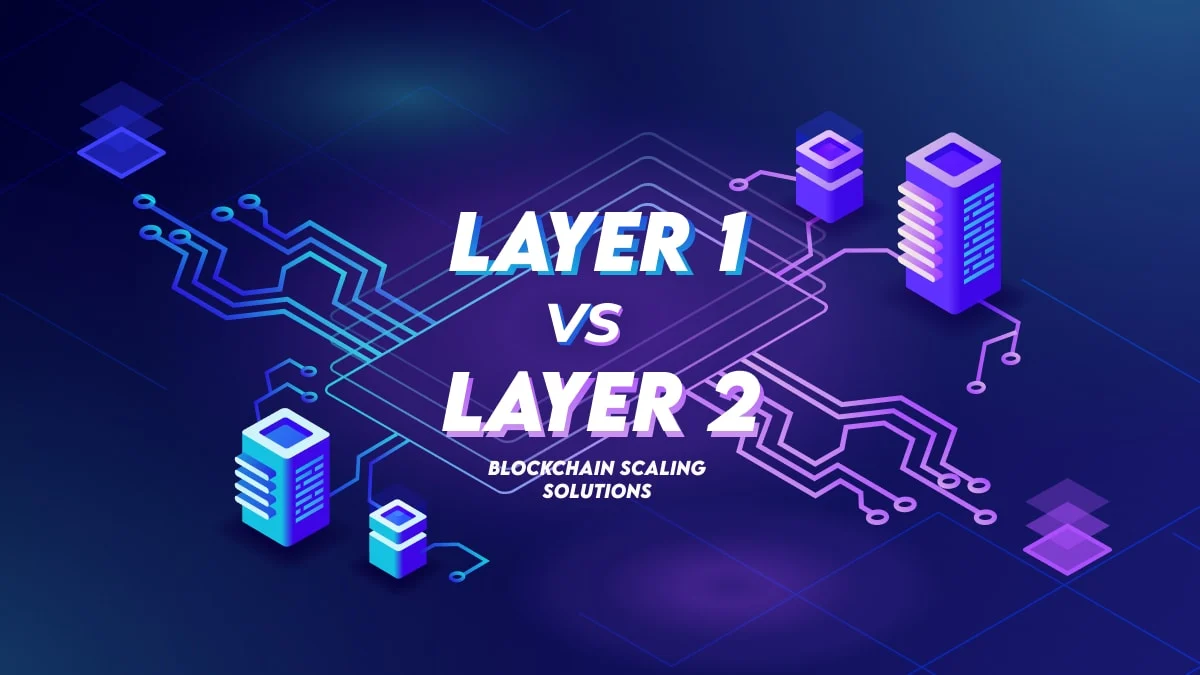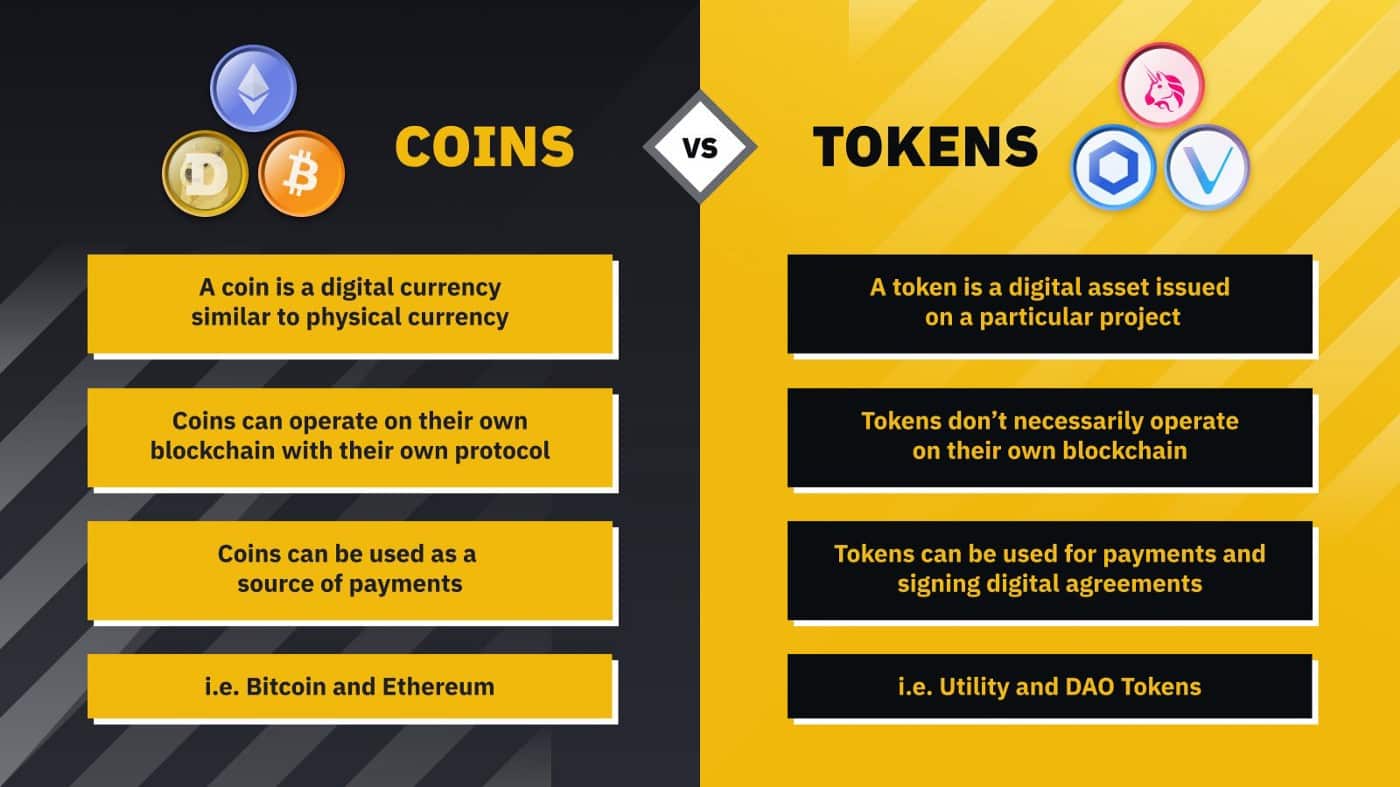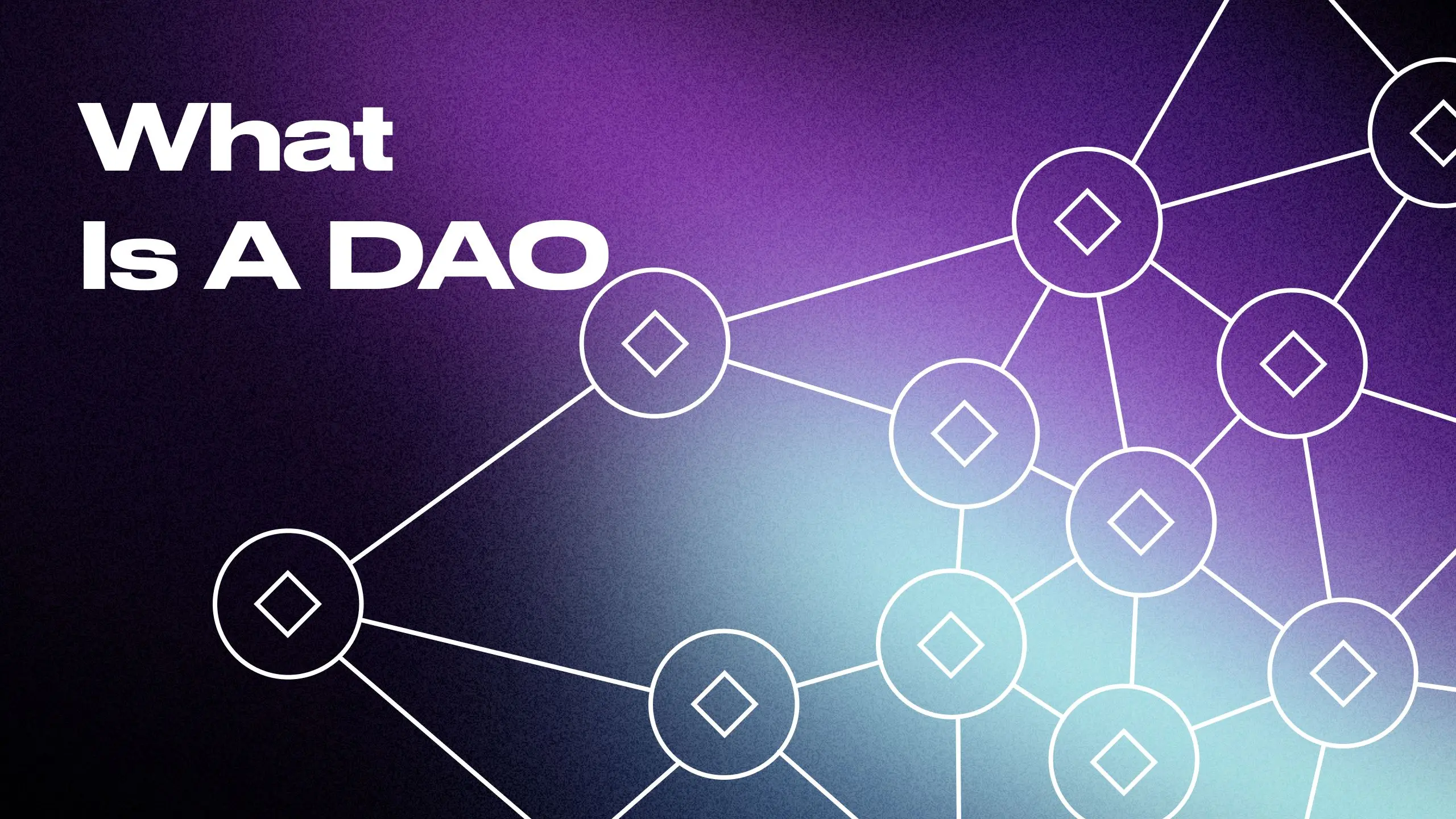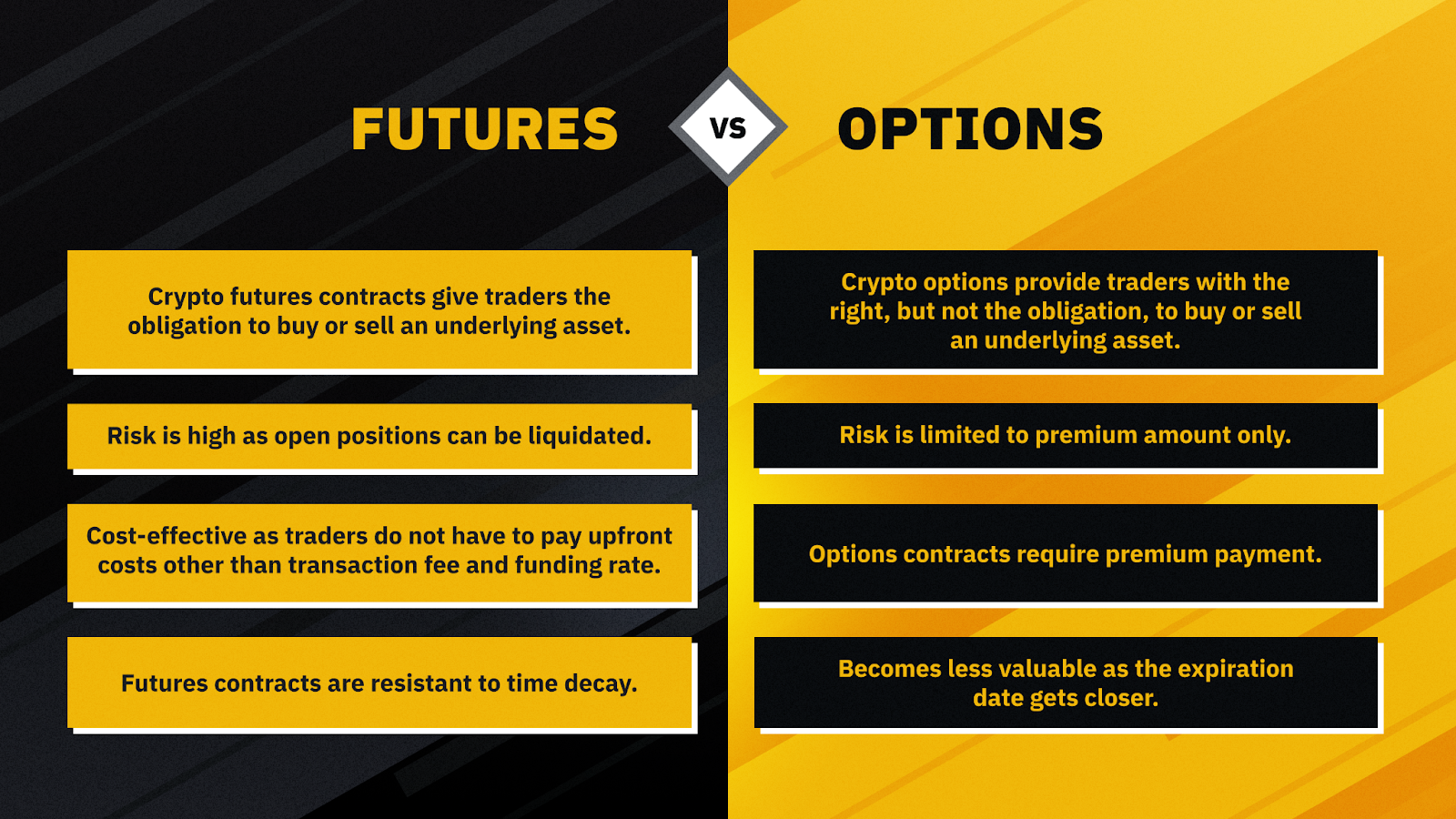Layer 1 vs Layer 2: Understanding Blockchain Scalability Solutions
As blockchain technology continues to expand, one of the most pressing challenges facing popular networks like Ethereum and Bitcoin is scalability. High transaction fees, network congestion, and slow processing times have prompted the need for innovative solutions. This is where Layer 1 and Layer 2 come into play.
In this article, we’ll explore the differences between Layer 1 and Layer 2, their functions, examples, benefits, challenges, and how they contribute to building a more scalable blockchain ecosystem.
🔍 What is Layer 1?
Layer 1 refers to the base blockchain architecture. It is the main network and protocol where transactions are recorded and verified. Bitcoin, Ethereum, Solana, Cardano, and Avalanche are examples of Layer 1 blockchains.
Layer 1 is responsible for the core operations of a blockchain:
- Processing transactions
- Maintaining consensus mechanisms (like Proof of Work or Proof of Stake)
- Validating new blocks
- Executing smart contracts (on platforms like Ethereum)
📌 Features of Layer 1:
- Security: Provides the base security model of the blockchain.
- Decentralization: Operated by a distributed network of nodes and validators.
- Native tokens: Layer 1 networks issue their own coins (e.g., BTC, ETH, SOL).
🚀 Examples of Layer 1 Blockchains
- Bitcoin (BTC) – Focused on peer-to-peer currency transactions and digital value storage.
- Ethereum (ETH) – A smart contract platform that powers DeFi, NFTs, and dApps.
- Solana (SOL) – High-speed blockchain with low transaction fees.
- Cardano (ADA) – Research-based PoS blockchain with a focus on sustainability.
- Avalanche (AVAX) – Known for its high throughput and interoperability.
🧱 Limitations of Layer 1
Despite their importance, Layer 1 blockchains face several issues:
1. Scalability Problems
Layer 1 networks often struggle to handle high volumes of transactions. For example, Ethereum can process around 15–30 TPS (Transactions Per Second), leading to network congestion and high gas fees.
2. High Transaction Costs
When demand spikes, transaction fees can become prohibitively expensive (especially on Ethereum).
3. Slow Confirmation Times
Due to block time and consensus requirements, users sometimes experience delays in transaction confirmation.
🧩 What is Layer 2?
Layer 2 refers to scaling solutions built on top of Layer 1. They offload the transactional burden from the base chain while still using its security and decentralization features.
In simple terms, Layer 2 solutions take multiple transactions off the main chain, process them more efficiently, and then record the final result back to Layer 1. This dramatically increases throughput and reduces fees.
📌 Features of Layer 2:
- Faster transaction speeds
- Lower costs
- Interoperability with Layer 1
- Retains Layer 1’s security model
- Supports mass adoption of dApps and DeFi
⚙️ How Layer 2 Works
There are several technologies used in Layer 2 solutions, each with its unique approach to scalability:
1. Rollups
Rollups bundle (or “roll up”) multiple transactions into a single batch and post it to Layer 1.
- Optimistic Rollups: Assume transactions are valid by default, and only verify if challenged (e.g., Optimism, Arbitrum).
- ZK-Rollups (Zero-Knowledge): Use cryptographic proofs to verify batches (e.g., zkSync, StarkNet).
2. State Channels
A private channel is created between participants (e.g., Alice and Bob), where they can transact off-chain. Only the final state is posted to Layer 1. Example: Lightning Network on Bitcoin.
3. Sidechains
Independent blockchains that run in parallel to Layer 1. They communicate with the main chain but operate under their own rules (e.g., Polygon, xDai).
4. Plasma
A framework to create smaller child chains under Ethereum, useful for specific applications.
🚀 Examples of Layer 2 Solutions
Ethereum Layer 2:
- Arbitrum (Optimistic Rollup)
- Optimism (Optimistic Rollup)
- zkSync (ZK-Rollup)
- StarkNet (ZK-Rollup)
- Polygon (PoS) – Sometimes classified as a sidechain
Bitcoin Layer 2:
- Lightning Network – Enables instant micropayments with minimal fees
🆚 Layer 1 vs Layer 2: Key Differences
| Feature | Layer 1 | Layer 2 |
|---|---|---|
| Definition | Base blockchain architecture | Scaling solution built on Layer 1 |
| Purpose | Handles core transactions and consensus | Improves speed and scalability |
| Speed | Generally slower | Much faster |
| Fees | Can be high | Lower fees due to batch processing |
| Examples | Bitcoin, Ethereum, Solana | Arbitrum, Optimism, Lightning Network |
| Upgradability | Requires protocol changes (hard forks) | Easier to update and test |
| Security model | Native blockchain security | Relies on Layer 1 security |
💡 Why Layer 2 is Essential
Without Layer 2, mainstream adoption of blockchain technology — especially for applications like DeFi, gaming, and payments — would be difficult. Here’s why Layer 2 matters:
✔️ Solves congestion and gas fees
By moving the bulk of transactions off-chain, Layer 2 significantly reduces the load on Layer 1.
✔️ Enables mass adoption
Faster and cheaper transactions make blockchain apps viable for everyday use.
✔️ Improves user experience
No one wants to pay $50 in fees for a $5 transaction. Layer 2 fixes that.
🔮 The Future: Layer 1 + Layer 2 Synergy
Rather than replacing Layer 1, Layer 2 complements it. Together, they form a multi-layered blockchain ecosystem where:
- Layer 1 maintains decentralization and security
- Layer 2 provides speed and efficiency
In fact, Ethereum’s roadmap heavily relies on Layer 2 scaling (as part of Ethereum 2.0) while continuing to enhance its Layer 1 base with features like sharding.
📝 Conclusion
Layer 1 and Layer 2 represent two essential components of the blockchain scalability stack. While Layer 1 provides the foundation, Layer 2 builds on top of it to bring speed, affordability, and flexibility.
As demand grows and Web3 adoption accelerates, the combination of both layers will be critical for building a decentralized internet that is both powerful and practical.
Whether you’re a developer, investor, or curious learner — understanding Layer 1 vs Layer 2 is key to navigating the blockchain world effectively.




